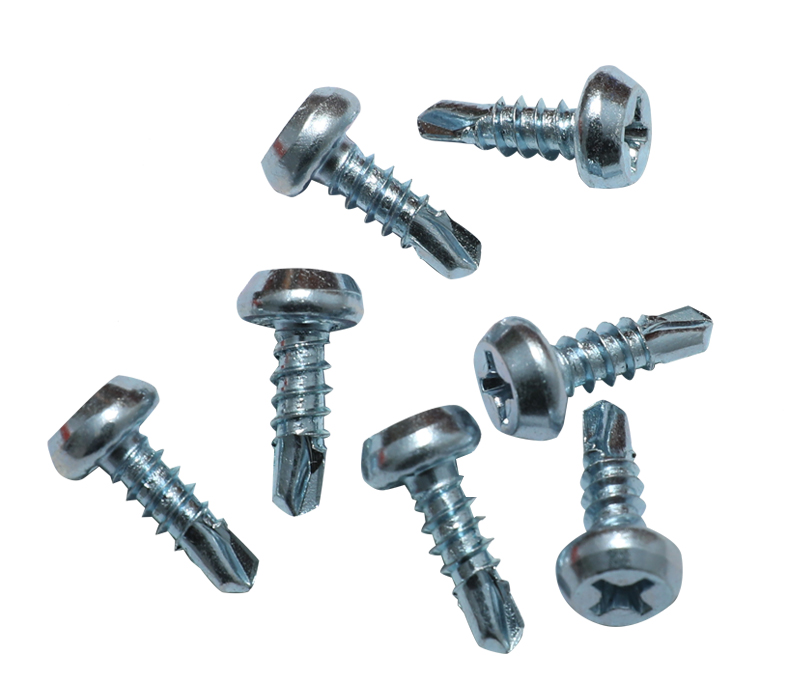In the process of screwing the screw into the prefabric […]
In the process of screwing the screw into the prefabricated hole of the connected part (drilling, punching a shell or die-casting smooth hole), the screw thread is extruded to form an internal thread in the prefabricated hole , To achieve the purpose of connection and fastening.
The structure of self-drilling and self-tapping screws is different from machine screws. Self-cutting screws and ordinary self-tapping locking screws have different working principles. Machine screws can only be screwed into holes with internal y patterns. Generally speaking, there is a gap between the internal and external threads. The pre-tightening force is mainly used to ensure the anti-loosening performance by the friction between the matching threads and the side surfaces and the supporting surface. Self-tapping screws are screwed into the top-making holes without threads. They are often used. There is interference between the internal and external threads. It is mainly based on the friction between the pre-tightening force and the interference between the matching thread sides and the supporting surface Ensure anti-loose performance. The anti-loosening principle of self-cutting screws is between the machine screw set and ordinary self-tapping locking screws. In addition to the above-mentioned anti-loosening performance, self-drilling and self-tapping screws have their unique features. The screw of the self-drilling self-tapping screw has a thread with an arc-shaped triangular section. For the convenience of analysis, we regard its thread as a ring thread.
Due to the existence of elastic deformation, the upper diameter of the ring tooth is smaller than the diameter of the circumscribed circle of the ring tooth, that is to say, the three areas of the ring tooth A, B, and C are embedded in the metal of the screw hole, according to the law of least resistance in the principle of metal pressure processing In accordance with the law of small volume change of plastic deformation, metal flows to both sides of the apex. When the ring tooth rotates, three inner tenons are formed on the screw hole in front of the direction of movement of the apex of the ring tooth, and they move forward with the rotation of the screw. Move, produce a certain resistance. Therefore, no matter which direction the ring tooth rotates, this resistance must be overcome. Self-drilling and self-tapping screws are based on this principle to improve the anti-loosening performance.
